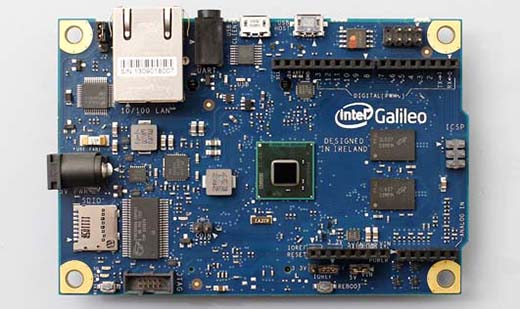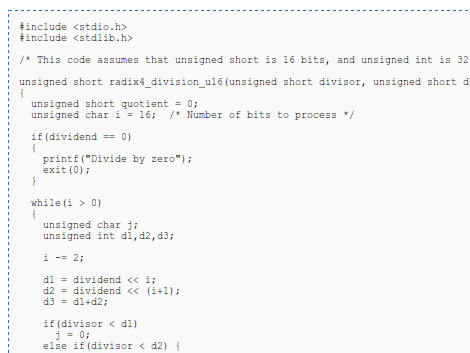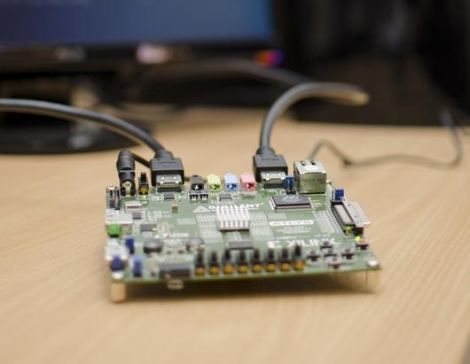According to the barrage of press releases hitting the Hackaday tip line, the Consumer Electronics Show is upon us with announcements of amazing new technologies such as jackets with a cell phone pocket, alarm clocks with Bluetooth, and iPhone cases with a kickstand. What an age to live in.
Among the more interesting announcements at CES is the Intel Edison, a tiny device that combines a dual core Intel SoC with ‘a Pentium instruction set’, WiFi and Bluetooth adapter, and some amount of storage into an SD card form factor. Apart from that, little else is known about the Intel Edison and the only other primary source for this announcement appears to be Intel CEO [Brian Krzanich]’s CES keynote address.
The Edison will be able to run Linux, ‘other operating systems’, and will support Wolfram, the Mathematica-esque programming language where everything is a data type. Edison will also have an app store. Because that’s a thing now, apparently.
If you can’t wait for Edison to be released sometime in the middle of 2014, we’d suggest you check out the Intel Galileo. It’s an Arduino compatible board based on the same Quark SoC found in the Edison but in a significantly more convenient form factor. The Galileo doesn’t have on board WiFi or Bluetooth, but at least you don’t have to wait for the release of the Edison and the complications of a purpose-built breakout board for whatever application you’re thinking of.





















